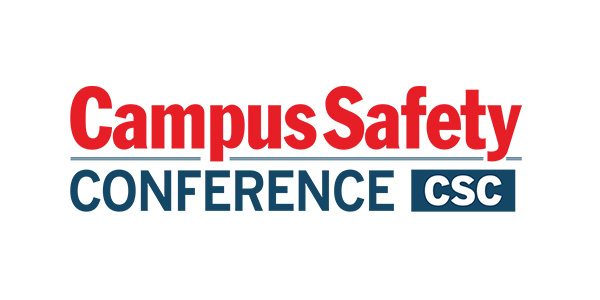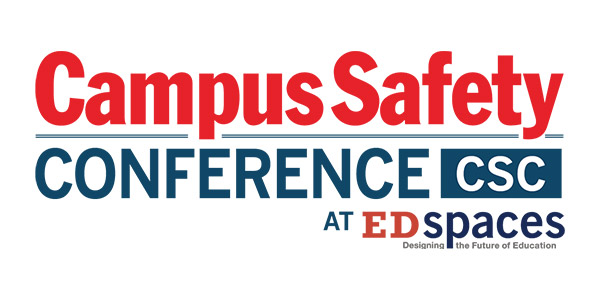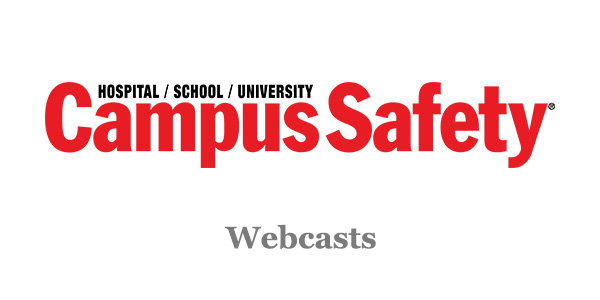WASHINGTON – According to statistics just released by the Law Enforcement Officers Memorial Fund (NLEOMF), as of March 5, 33 law enforcement officers have died in the line of duty, representing a 44 percent increase in line of duty deaths compared to the same period in 2005, when 23 officers made the ultimate sacrifice.
New York, which has lost six officers, has the nation’s most line-of-duty fatalities, followed by California, with four fallen officers, and Florida, which has lost two officers. Seventeen states have lost at least one officer.
According to preliminary numbers, 14 officers have died either as the result of an auto crash or because they were struck by a vehicle, often while investigating an accident or crime. Twelve officers have died from gunshots.
“This data is alarming on many levels,” said Craig W. Floyd, chairman of NLEOMF, which released the year-end figures in partnership with Concerns of Police Survivors (COPS). “Firstly, our roads are rapidly becoming the most hazardous places for law enforcement officers. The public absolutely must be more aware of officers patrolling our roads and how to respond to accident scenes. Only in these ways will we be successful in reducing these often preventable deaths. Every citizen who drives is responsible for making sure our officers are safe while they patrol our nation’s highways and byways.”
The 14 officers who have died thus far in 2006 in auto crashes continues a trend in which auto crashes are threatening to eclipse shooting deaths as the leading cause of death among law enforcement officers. In 2005, automobile and motorcycle-related crashes (62) topped gunfire (60) as the leading cause of death. As a result of the trend, the NLEOMF and COPS are urging communities to equip all law enforcement officers with body armor and are encouraging officers to continue wearing the armor despite recent controversy over the effectiveness of some brands of armor.
To reduce the number of officers injured and killed in motor vehicle-related incidents, the organizations are also calling for better driver training, safer automobiles and better public awareness of proper procedures when encountering police and emergency vehicles.
For additional information, go to www.nleomf.com.
Reprinted with permsion.






